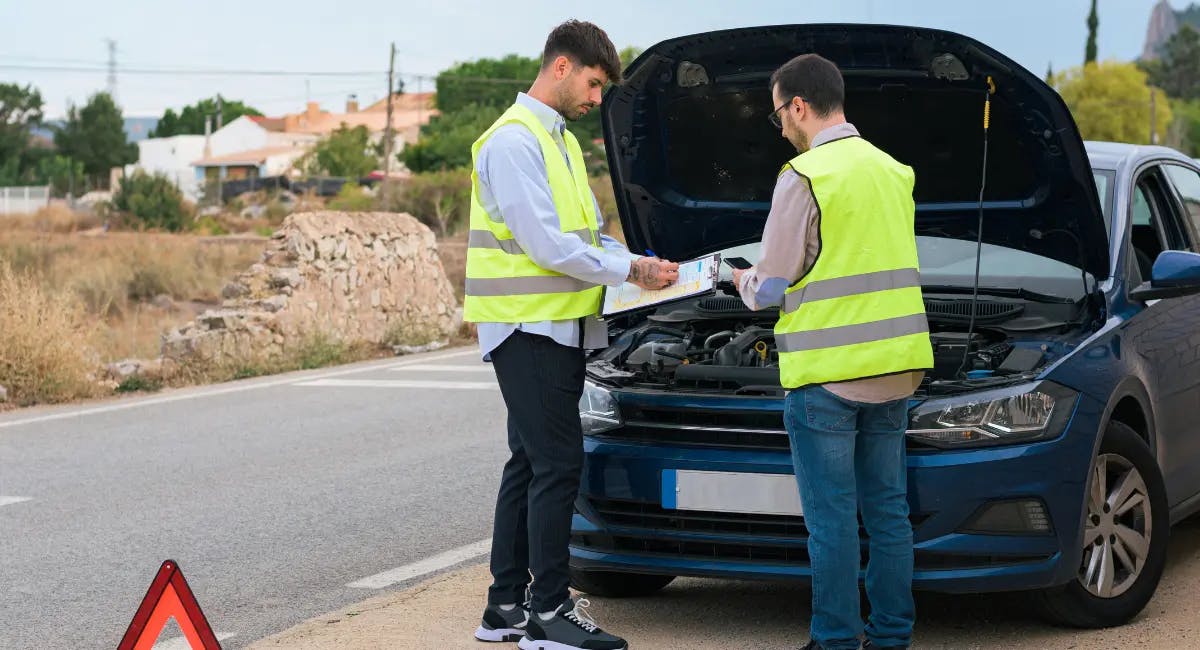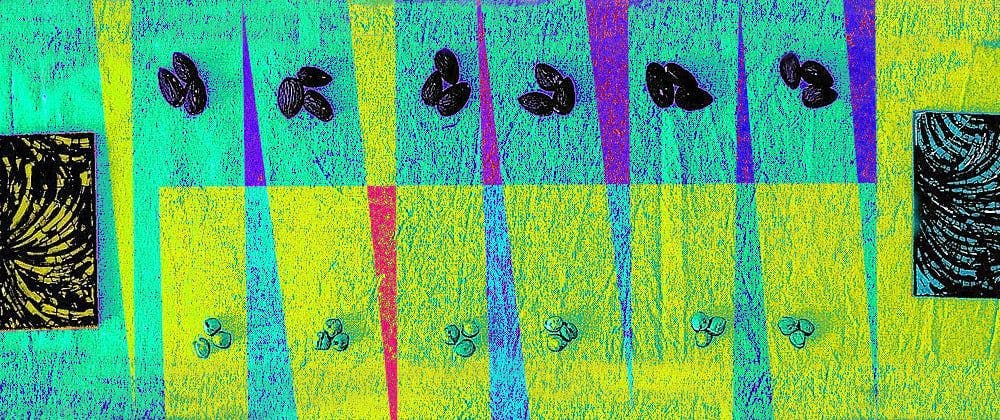There’s been plenty of speculation about whether generative AI could replace—or perhaps work alongside—human creativity. Indeed, many already use popular generative AI tools to create illustrations and even audio and video.
But at the same time, other forms of machine learning and artificial intelligence have quietly come to help creative professionals and skilled amateurs shoot photos and videos, record audio, and write prose. Generally, these tools aren’t creating content themselves; rather, they help users execute their existing creative processes more efficiently and accurately to make new work.
“Photographers, they don’t want hallucinations—they want things that look like what they saw when they shot the picture,” says Bruno Liege, cofounder of photography software company DxO. “So we are focusing on enhancing the quality without inventing anything in the image.”
DxO, based in Paris, has built image processing software for more than two decades, today focusing on tools for photography enthusiasts who work with the raw image files generated by digital cameras. Over the years, the company’s scientists have amassed what Liege believes is an unprecedented collection of digital photos taken with a wide range of cameras, lenses, lighting conditions, and aperture settings. The company has used that data to train machine learning systems, built into DxO’s PhotoLab software, that can outperform traditional hand-coded algorithms at tasks like accurately detecting colors from the limited data captured by digital camera sensors and eliminating noise from images, even when photographers are working under low-light conditions.











